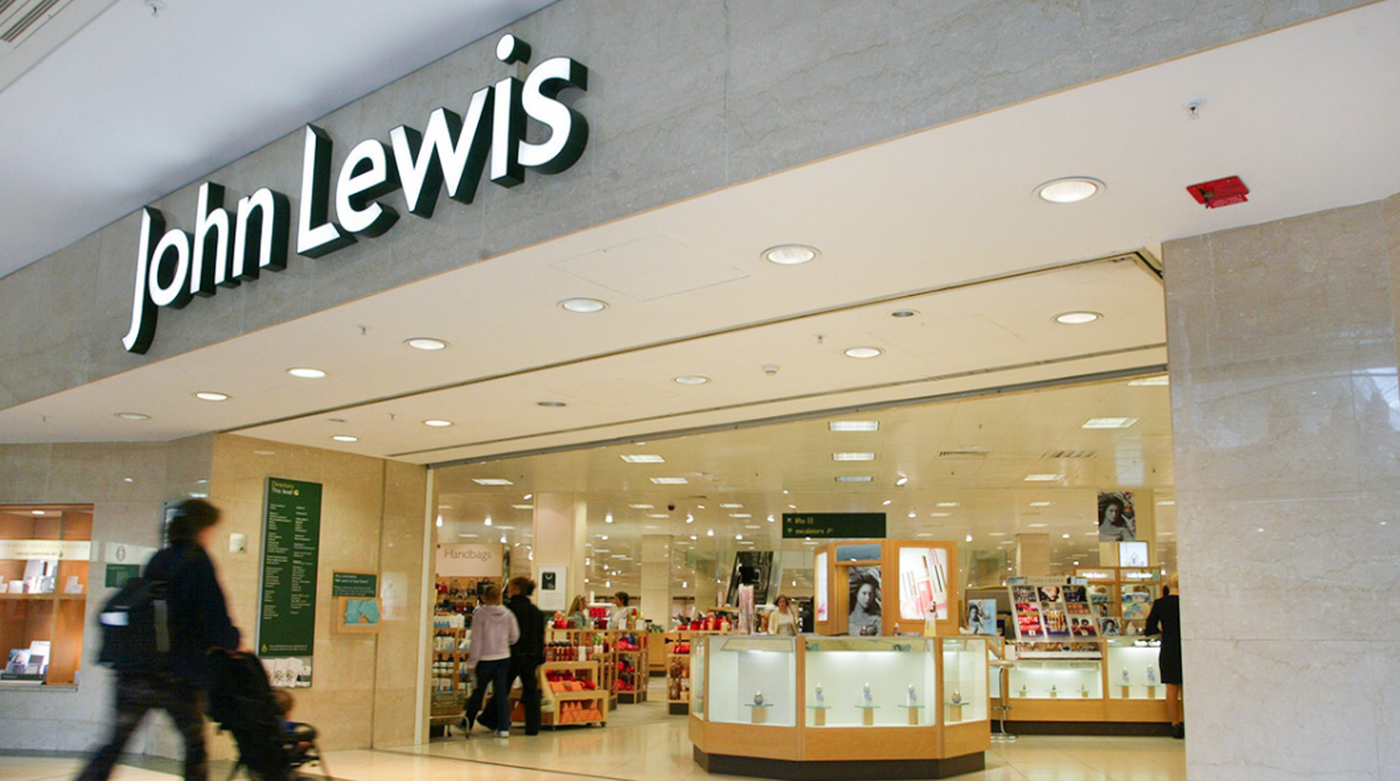John Lewis, a renowned retailer, has recently achieved remarkable milestones, including a return to profitability and substantial customer acquisition, all while advancing its loyalty programme. This article explains the specifics of John Lewis's accomplishments and strategic initiatives.
Return to Profitability
In a significant turnaround, John Lewis recorded a pre-tax profit of £56 million in the fiscal year ending January 27, marking a substantial improvement from a loss of £234 million in the previous year. This success is attributed to robust sales growth, enhanced gross margins, and increased productivity.
Increased Customer Base
John Lewis witnessed a notable expansion of its customer base, attracting one million new customers, bringing the total to 22.6 million. This surge in clientele contributed to partnership sales rising by 1% to £12.4 billion.
Loyalty Scheme Development
While the retailer continues its profitability streak, it remains committed to enhancing customer loyalty through the introduction of a pan-partnership loyalty scheme. Led by Emily Wells, the former Tesco head of loyalty strategy, this initiative aims to integrate the loyalty programs of John Lewis and Waitrose, promising substantial benefits for customers.
Financial Performance and Strategic Goals
Profit Growth
The surge in profitability reflects John Lewis's focused efforts on sales growth, improved operational efficiency, and prudent margin management.
ADVERTISEMENT
Customer Acquisition
The addition of one million new customers underscores the effectiveness of John Lewis's customer engagement strategies and its appeal to a broader demographic.
Loyalty Scheme Development Progress
Under the leadership of James Bailey, executive director of Waitrose, significant strides have been made in the development of the loyalty scheme, promising enhanced customer experiences and synergies between John Lewis and Waitrose.
Product and Service Expansion
John Lewis has been proactive in expanding its offerings to cater to evolving consumer preferences and market trends.
Brand Additions
The introduction of over 170 new brands, with plans for 80 more, reflects John Lewis's commitment to offering a diverse range of products to its customers.
Focus on Own Brand Products
Investments in enhancing the quality and appeal of own-brand products align with John Lewis's strategy to provide value-driven offerings while maintaining high standards.
Online Shopping Improvements
With a significant portion of customers opting for online shopping, John Lewis is prioritising enhancements to its online platform, including personalised product recommendations and an intuitive shopping experience.
Strategies for Growth
Store Revitalization
Focused efforts to revitalise stores, such as expanding product categories like the beauty section, aim to provide an engaging and immersive shopping environment.
ADVERTISEMENT
Price Management
John Lewis's proactive approach to price management, including investments to lower prices and attract budget-conscious consumers, has yielded positive results, reflected in increased footfall and sales.
Customer Response to Strategies
The favourable response from customers, evidenced by increased footfall, higher spending on quality items, and positive feedback on initiatives like the "Food to Feel Good About" concept, validates the effectiveness of John Lewis's strategies.
Future Plans and Vision
Business Expansion Areas
While retail remains the primary focus, John Lewis acknowledges opportunities for growth in adjacent sectors such as rental home services and financial services.
Investment in Technology
A substantial investment of £542 million in technology upgrades underscores John Lewis's commitment to innovation and enhancing operational efficiency.
Leadership's Perspective
Leadership, including CEO Nish Kankiwala and outgoing chairman Sharon White, reaffirms the company's commitment to its core values while embracing modernization and strategic expansion.















